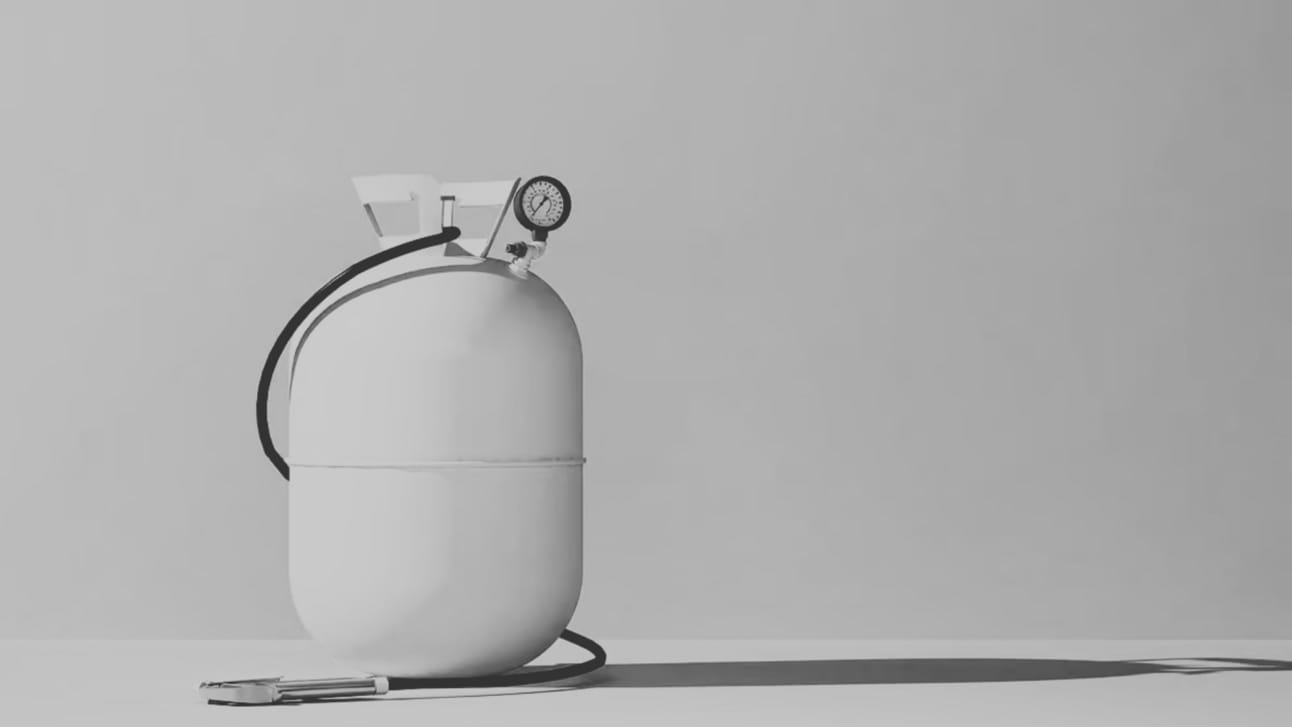The latest on the refrigerant phasedown: May edition
May 6, 2024

Image: Perfect Aire
The refrigerant phasedown — and its constant string of developments — is complex. Here’s the latest as of May.
The big picture: On January 1 of this year, HFC production and consumption dropped by another 30% as mandated by the EPA.
What’s new: AHRI in April officially released “Guideline K,” outlining requirements for recovery cylinders containing A2L refrigerants.
-
“For flammable recovery cylinders, the valve outlets shall be left-handed threads,” the guideline noted.
-
Cylinders will have either red or gray bodies, a red band, and a yellow shoulder/collar.
What else is happening: In December, the EPA agreed to a one-year sell-through period, allowing R-410A equipment to be installed until January 1, 2026. It’s also finalizing a rule that’s facing opposition by industry groups.
-
The proposed rule requires contractors, starting in 2028, to use reclaimed HFCs for the initial charge of certain residential and light commercial equipment.
-
It also requires used cylinders to be returned to “certified reclaimers” starting in 2025.
-
ACCA and HARDI, among others, have submitted comments urging the EPA to reconsider the requirements, citing concerns about costly logistical challenges.
-
“At the time this comment was drafted, there were a total of 63 EPA-certified refrigerant reclaimers in the United States. In many states, there are no certified reclaimers at all. Contractors or distributors in geographic areas with few or no certified reclaimers will be disproportionately affected,” ACCA wrote.
What’s next: The rule is expected to be finalized later this year, and as for Guideline K, it’ll be a few months before manufacturers can start shipping A2L recovery cylinders, Homepros is told.
📬 Get our stories in your inbox
Keep reading
A look at 10 years of HVAC shipments
AHRI's recent December shipment report wraps up 2024, providing a complete look at the past decade of HVAC shipments
Colorado, Michigan launch IRA rebates, bringing active total to nine states
In just the past two months, the number of states with active programs has grown from two to nine
OSHA finalizes controversial inspection rule
April 8, 2024


